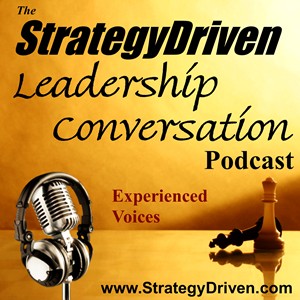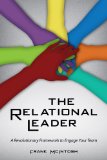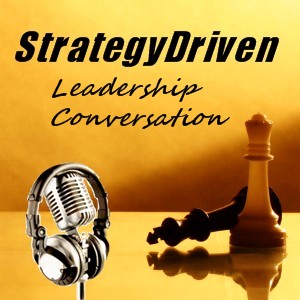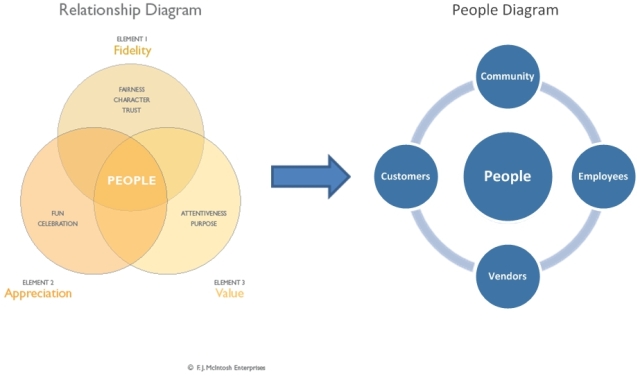Fire the Slugs! And Other Great, No-Nonsense Ways to Retain Your Best People

It’s doesn’t have to be all bad. There’s good turnover and bad turnover.
Firing a non-performer is good turnover. When a top performer leaves to go elsewhere and leaves your organization with a huge void, that’s bad turnover. It can affect the performance of the whole organization.
If you are going to maximize your organization’s performance you have to make a conscious, binding top-down management decision and commitment to develop a no nonsense approach to retention. The following are several must-do actions items for retaining the high-value human assets you’ve worked so hard to acquire:
- Start at the top! Assess your supervisory and management team! Seventy percent of the people say that the worst thing about their job is the boss. Find out what’s wrong and fix it! Identify the prima donnas and micromanaging control freaks, the whiners, complainers, and blamers. Get them basic supervisory training and improve their performance continuously. If you are the boss, take ownership!
- Clean Up the House! Identify the non-performers. Identify the poor managers and supervisors. If they do not respond to training and show significant improvement, remove them from an influential role and replace them with someone that does what is truly desired and required for the role and position they are in.
- Manage Visibly! Get out of the ivory tower. Begin each day by walking around. Stroll around the floor several times a day. Meet the customers, talk with employees, visit with the supervisors, greet the vendors, help the delivery trucks load and unload. Get out of your office. Let people know you are there and that you care. The point here is that you set lead by example. If they like you they are less likely to leave you. Visibility drives retention.
- Care About Your People! If you don’t really care about your people, your business is doomed. Caring is the reason why people stay. Get to know your people. Learn what each person likes and enjoys. Listen to them and learn about their interests, families, and hobbies. Protect your people from harm and from others in your organization. People are loyal to those who care about them and care for them.
- Keep your door open 80% of the time. Let your people know you are accessible to them. Avoid telling people to make an appointment or come back later. Make sure the time you do spend with your people is quality time.
- Focus on Employee Assistance Actively. Sit down with the other managers in your organization and identify the problems that are faced by people in your workforce. Develop innovative ideas and deploy specific new plans to provide employees with more flexibility in their work, support for their common needs, and help for dealing with personal issues that impact their life.
- Treat Everyone with Respect Always! Every leader and manager and supervisor must set the standard that respectful behavior and sincere open appreciation are expected with no exceptions! Investigate and take immediate action for all non-respectful behavior incidents. Have the managers and supervisors bring food to be shared on a regular basis! Break bread with your people regularly instead of forcing people to eat baloney.
- Ask Your People What They Want! Sit down with your people and ask them what they want out of their work. Identify what they want to grow, to develop greater control, autonomy and responsibility for the work they do for you. Help them achieve these goals specifically and incrementally. Meaningful engagement in their own future drives commitment and loyalty.
- Tell Your People What You Want of Them! Be specific and be clear but make sure you explain what you expect of them. Give them the tools, support and the time they need to get the work done. If they do not meet your expectations, bring them in and talk with them and find out what it will take to get them on track.
- Fire the Slugs. Hold your people accountable for their performance. If they don’t solve the problem, then terminate them with respect and dignity. Your good performers will love you.
About the Author

Jeff is also a member of the National Speakers Association and a regular speaker on the topics of retention, recruiting and leadership. For more information, visit www.SlugProofYourTeam.com.

 StrategyDriven Leadership Conversations focus on the values and behaviors characteristic of highly effective leaders. Complimenting the StrategyDriven Management & Leadership articles, these conversations examine the real world challenges managers face every day that are not easily solved with a new or redesigned process and instead demand the application of soft leadership skills to achieve a positive outcome.
StrategyDriven Leadership Conversations focus on the values and behaviors characteristic of highly effective leaders. Complimenting the StrategyDriven Management & Leadership articles, these conversations examine the real world challenges managers face every day that are not easily solved with a new or redesigned process and instead demand the application of soft leadership skills to achieve a positive outcome.
 Frank McIntosh is author of
Frank McIntosh is author of  StrategyDriven Leadership Conversations focus on the values and behaviors characteristic of highly effective leaders. Complimenting the StrategyDriven Management & Leadership articles, these conversations examine the real world challenges managers face every day that are not easily solved with a new or redesigned process and instead demand the application of soft leadership skills to achieve a positive outcome.
StrategyDriven Leadership Conversations focus on the values and behaviors characteristic of highly effective leaders. Complimenting the StrategyDriven Management & Leadership articles, these conversations examine the real world challenges managers face every day that are not easily solved with a new or redesigned process and instead demand the application of soft leadership skills to achieve a positive outcome.
 Florence Stone is editorial director for AMA and editor of MWorld, AMA’s quarterly membership journal. She is the author of
Florence Stone is editorial director for AMA and editor of MWorld, AMA’s quarterly membership journal. She is the author of